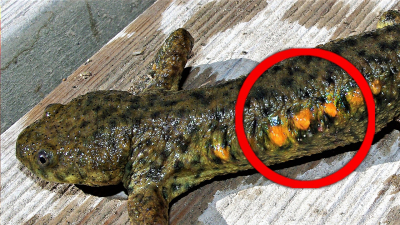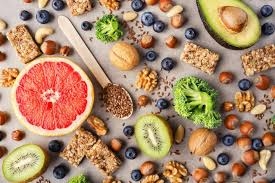Why do some insects attack on others?

Meat-eating predators, or carnivores, obtain their food by hunting and attacking other creatures—their prey. Most prey have some form of selfdefence and so the predator must overcome this. Many predators have strong and agile bodies, quick reactions, keen senses and hunting weapons such as sharp teeth and long claws. Some use speed to race after their prey. Others lurk hidden among leaves or long grass—perhaps also disguised by camouflage—then ambush their victims.

Owls use silence and stealth to swoop on prey. The owl’s feathers have very soft edges so they make hardly any sound as the bird flaps and glides. The owl can see well at night with its huge eyes. It can hear even better and pinpoint a mouse’s footsteps or chewing noises in the darkness.

Many animals use chemical weapons rather than physical ones. Some snakes and spiders have poisonous bites, while wasps and scorpions have venomous stings. The poison can also be used for selfdefence as well as subduing prey. These predators usually give warning that they are about to bite or sting an attacker. For example, a rattlesnake shakes its tail, while a poisonous spider rears up to show its fangs. This is because the supply of venom is limited and predators need it to hunt, so they try to avoid using it in defence unnecessarily.

DEFENCE
Plant-eating animals need to defend themselves from carnivores. One defensive strategy is to fight back. Elephants, wild boar and warthogs can slash with their tusks. Gazelles, antelopes and wild cattle like musk oxen jab enemies with their sharp horns. Some, like zebras, can kick out powerfully with their hard hooves. Safety in numbers also helps—many eyes and ears are more likely to detect approaching predators. Musk oxen form a circle around their young to keep away wolves.

SPINES AND POISONS
One type of physical protection is a hard body case, as in turtles, tortoises, armadillos, snails and beetles. Another strategy is prickles, spikes or spines, as in hedgehogs, porcupines and porcupine fish. Many animals, from mice to deer, rely on their sharp senses, speed and agility to escape as they dodge or outrun their predators.

Certain fish, beetles, caterpillars, moths and butterflies have horrible-tasting or poisonous flesh. Predators soon learn to avoid them because they advertise this form of defence with bright body patterns called warning colours. Some animals puff up to look bigger, such as puffer fish, toads and lizards. Another strategy is suddenly to flash bright colours and patterns at the enemy, especially eye spots which resemble or mimic the eyes of an even bigger predator!
Picture Credit : Google























